The 2014 European Board Diversity Analysis – the sixth in a series of biennial studies initiated in 2004 – profiles the boards of 356 of the largest companies across 17 European countries. Our 2014 study also includes a global perspective, exploring gender diversity across 568 large company boards in other regions of the world.
The Road To Board Diversity
The road to board diversity runs through a complex, ever-changing landscape. Egon Zehnder has kept close watch on this unfolding story since 2004, when the firm conducted its first European Board Diversity Analysis. Subsequent studies were published in 2006, 2008, 2010, and 2012. The 2014 Egon Zehnder European Board Diversity Analysis looks at the boards of 356 of the largest companies across 17 European countries. For the first time, it extends the report’s reach to regions outside of Europe and evaluates board data from an additional 568 companies from the rest of the world to benchmark progress made in Europe with global developments.
Three conclusions from the 2014 study seem indisputable. First, boards across Europe and in select other geographies have become significantly more diverse in recent years, primarily in relation to gender and nationality. Second, the percentage of females in executive director and board leadership positions remains stagnant at a relative low level. And finally the world remains far from the tipping point where true board diversity is the established norm.
Summary of 2014 findings
Europe: Substantial Progress In Gender Diversity
Gender diversity of European boards has increased substantially in recent years. More than 20% of directors on the boards included in the 2014 Europe study are women, a significant increase from 15.6% just two years ago, and a major jump from 8% in 2004.
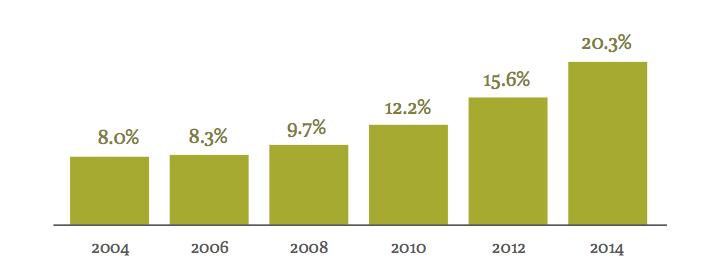
Figure 1: Representation of Women on European Boards
On average, European boards now include 2.7 women, up from an average of just 1.5 female members per board as recently as 2008, suggesting that board service is steadily becoming a less isolating experience for women.
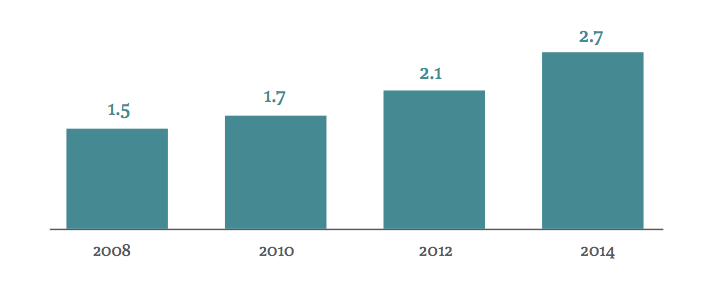
Figure 2: Gender Diversity: Average Number of Women per European Board
European Boards Rank High in Gender Diversity
As a whole, European boards are now on par in gender diversity with the highest-ranking countries in the study’s non-European sample: the United states (21.2% female directors) and Australia (22.6%). At 20.3% overall, European boards have nearly double the average (11.6%) of female representation on all boards in the comparative sample.
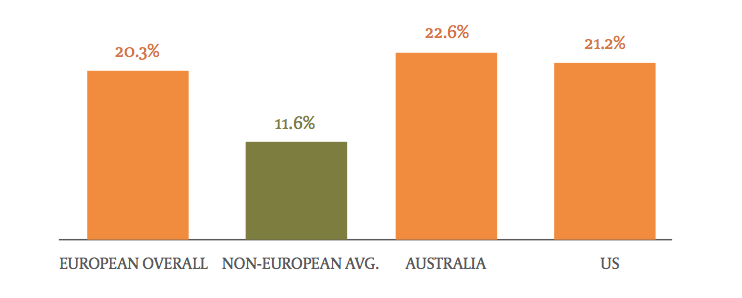
Figure 3: Gender Diversity: European vs. Non-European Leaders & Average
Further, the five countries with the highest levels of female board members worldwide are all European: Norway, Finland, France, Sweden, and the UK (tying with Australia).
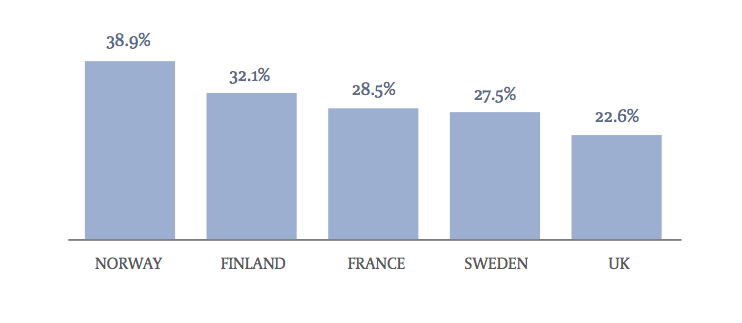
Figure 4: Gender Diversity: World’s Highest-Ranking Countries
European Boards With No Women Members, Once Common, Are Now A Rarity
Only 7.6% of the European boards studied in 2014 include no women members, as contrasted with the 32.2% that had no women members as recently as 2006.
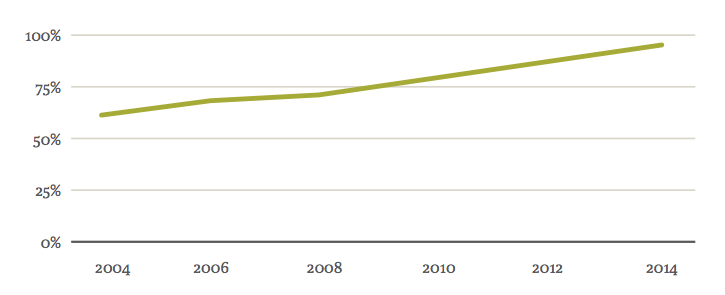
Figure 5: European Boards including at Least One Woman
From 2006 through 2010, only Denmark, Finland, Norway, and Sweden had at least one woman serving on 100% of the boards studied. France joined those Nordic frontrunners in 2012. In 2014 the UK, Austria, and Ireland also made the list. At this rate, one might foresee women represented on every large European company board in the 2016 study.
European Boards Are Now Mostly Multinational
Nearly 90% of European boards now include at least one director from a country other than where the company is headquartered. in 2014, roughly a third (32.3%) of all directors serving on major European boards are non-nationals.
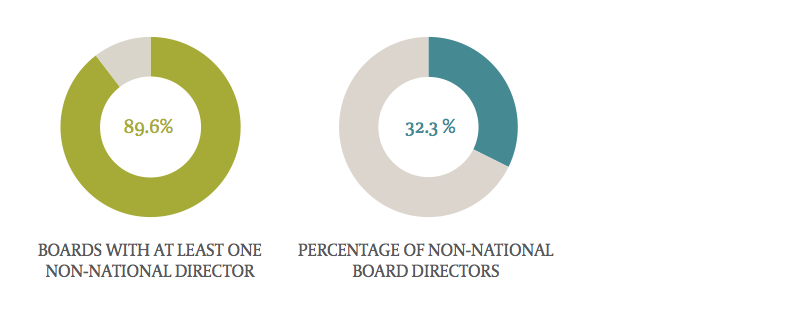
Figure 6: National Diversity: Europe
European boards’ progress in gaining multinational perspective stems from steady gains since 2006, when just 22.7% of European directors were non-nationals.
Seven countries — Austria, Denmark, Finland, Ireland, Luxembourg, The Netherlands, and Portugal — have at least one non-national member, on 100% of the boards we analyzed.
The Next Frontier: Women In Board Leadership and Executive Director Roles
While the 2014 European Board Diversity Analysis findings revealed significant gains in female participation on boards, women have yet to attain a corresponding share of board leadership roles. Across the European boards studied, less than 3% of board chair positions are held by women, a figure comparable to the average of 3.7% across all other regions. Women now hold just over 12% of committee chair positions in Europe, suggesting that as more women gain experience in board service, gender diversity in top board leadership roles may increase.
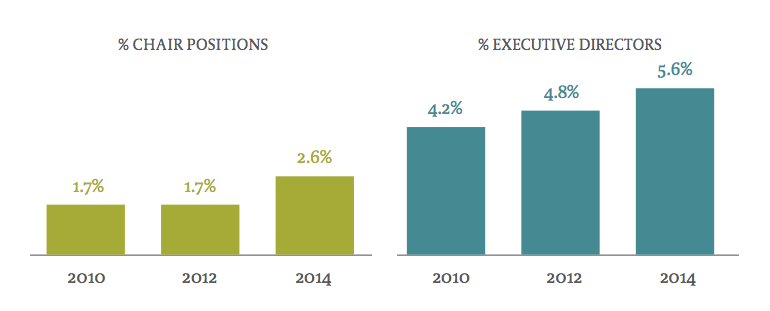
Figure 7: Gender Diversity in Europe: Board Leadership and Executive Directors
The 2014 European Board Diversity Analysis also found that women currently fill relatively few (5.6%) executive director positions, with no significant gain being realized since our preceding studies in 2010 and 2012. The small number of female executive directors reflects the ongoing challenge European companies face in diversifying their senior talent pipelines.
Driving Forces
European boards have been appointing new directors at an accelerated rate. This, in turn, creates more opportunities to accelerate both gender and national diversity. The 2014 study found that 14.6% of European board members have been in their roles less than a year, up from 11.6% in 2012.
Historically high percentages of new board appointments are going to women. Nearly one-third (31.8%) of all recently appointed directors are female. Across Belgium, France, Norway, Spain, and Sweden, that figure exceeds 40%.
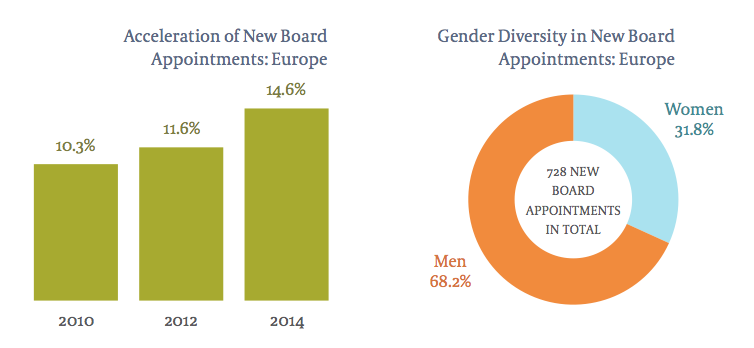
Figure 8: Acceleration of New Board Appointments: Europe (left) / Gender Diversity in New Board Appointments: Europe (right)
The new board appointments are increasing national diversity of boards as well. 36.2% of all new board directors were non-nationals in 2014, up from 33.3% in 2012. Recent female board hirings are even more international, with 40.2% of the female board appointments made in the last year being non-nationals.
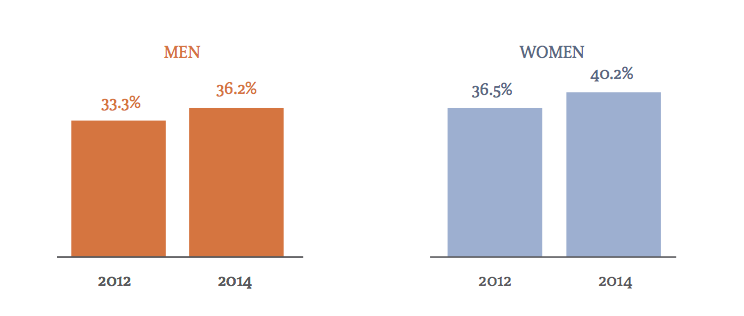
Figure 9: National Diversity in New Board Appointments by Gender: Europe
The average age of women directors increased to just above 55 years in the 2014 study of European boards, suggesting that the pool of female board candidates is growing more experienced and therefore more self-evidently qualified to serve on the boards of large corporations.
Notably, the recent rise in female representation on European boards is not due to more women serving on multiple boards. That percentage actually dropped, from 8.6% in 2012 to 7.3% in 2014. Nor did the 2014 European Board Diversity Analysis find a perfect correlation between diversity quotas and diversity gains, as some countries without quotas registered very strong gains. However, this might be attributed to a realization that quotas could yet be imposed, if progress is not sufficiently demonstrated on a strictly voluntary basis.
Global Perspective: Gender Diversity
To lend global perspective to this latest Egon Zehnder European Board Diversity Analysis, the 2014 study examined more than 550 boards from other parts of the world, with a focus on gender diversity. As in Europe, this comparative sample includes boards overseeing companies with market capitalizations in excess of €4 billion, with a few exceptions to ensure the study included the boards of at least 5 large companies in each country examined. Most of the boards in the comparative sample are from North America, south America, and Asia. thirty are based in the Middle East and Africa. Several are from Eastern European countries (Russia, Poland, Hungary, Czech Republic) not included in the main European board sample.
To date, women have attained double-digit representation on large company boards in just 9 of the 24 countries included in the extended analysis. Across this extended sample, 32.2% of the boards are still male-only, a figure roughly the same as that found among European boards just eight years ago. The speed with which Europe has recently progressed suggests there may be potential for rapid gains in other regions.
Not surprisingly, gender diversity varies substantially in boards around the world. In the United States, Canada, Australia, New Zealand, and South Africa — countries where board diversity has long been an important consideration — women’s share of board seats is relatively high, while in other major economies — Japan, Russia, and South Korea — the data indicate little progress has been made. Hong Kong, India, Indonesia, Malaysia, Hungary, and Poland all now have at least one woman serving on 70% or more of the boards we studied, a sign that boards in these countries may be poised to realize meaningful advances in gender diversity.
The Path Forward
Diversity is a global force for change and has become more deeply embedded into the conversation at the highest levels of leadership around the world. The goal of the biennial Egon Zehnder European Board Diversity Analysis is to help inform and illuminate the path forward.
The 2014 study shows that while uneven, the evolution towards greater board diversity is steadily advancing. Globally, we expect that a number of countries will achieve in the next 10 years what European boards have achieved since 2004.
The stakes in accelerating board diversity are great, as are the challenges. Keys to building momentum include:
-
thoughtfully integrating diverse board members to ensure high success rates
-
uniting diverse boards into high-performing teams
-
achieving greater diversity among board chairs and executive directors
-
widening the range of non-executive director candidates while maintaining high standards
-
growing the pipeline of diverse executive leaders
-
creating stronger cultures of inclusion in boardrooms, in C-suites, and in leadership teams at every company level
No one can foresee just how the path forward will unfold, but it seems clear that strategies for sustaining meaningful advances in board diversity must become ever more proactive, sophisticated, and aspirational.
We hope the findings and perspectives presented in the 2014 Egon Zehnder European Board Diversity Analysis help inform your thinking about board leadership and governance in today’s highly competitive, global marketplace. We welcome the opportunity to discuss these issues with you.














